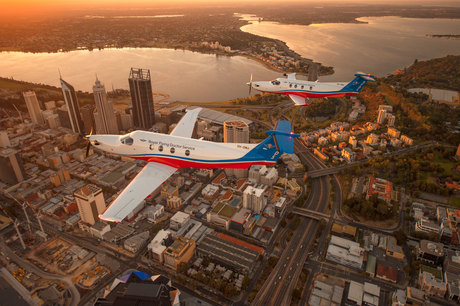Flying Doctor using SAS to improve response times

Australia’s Royal Flying Doctor Service has adopted SAS software to halve the time it takes to reach patients requiring urgent medical attention.
Adrian Bennet, information and technology manager at the RFDS Western Operations Division, said faster response times to an emergency call can make all the difference in a life-threatening situation.
For RFDS, responding to a call is a complicated progress involving assessing a remote patient’s needs, scheduling doctors, nurses, flight crews, aircraft and other resources and then tasking the flight.
SAS has helped the organisation break down the process into stages in order to identify where time improvements could be made, he said.
“We were able to look at all the factors that impact on efficiency at each stage and, by optimising our crew shift allocations, we were able to reduce tasking time from five-and-a-half hours down to two-and-a-half hours for 90% of priority 2 patients,” he said.
As well as improving response times, SAS is being applied more generally to RFDS’s Western Operations in order to help the organisation gain a better understanding of its data.
“It enables us to make more evidence-based decisions on major questions such as where our investment is needed most for different types of equipment, the time and frequency patterns of incidents, and the changing demographics of our patients,” he said.
RFDS’s Western Operations have five Western Australian bases in Derby, Port Hedland, Meekatharra, Kalgoorlie and Jandakot.
Why AI's longevity lies in utility, not novelty
The real potential of AI is in underpinning the invisible systems powering everyday business.
The importance of effective security when deploying AI tools
More than four in five developers use AI coding tools daily or weekly, and 59% run at least three...
Five IT trends that will define 2026: building a smarter, more resilient digital enterprise
The coming year will bring an intelligent, automated and highly distributed IT ecosystem grounded...







